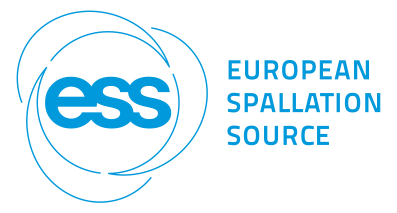Description
Neutron scattering methods are essential for exploring the structure and dynamics of matter, yet tools for manipulating neutron beams remain limited compared to those available for X-rays. This project bridges that gap by leveraging expertise in X-ray optics from the Center for High-Energy X-ray Systems (CHEXS) and the Technical University of Denmark to advance neutron optics technologies. Inspired by the demonstrated potential of Wolter mirror configurations for neutron beam focusing, the study focuses on simulation and design efforts to pave the way for future neutron optics focusing units.
The project comprises two main components. First, a Python program was developed to simulate the reflectance of multilayer thin films for neutron mirrors, validated against the Gen-X software. Second, a python code was developed for optimizations of multilayer coatings (m=3) for high reflectance at a neutron wavelength of λ = 0.3 nm. For broader angular ranges, Ni/Ti supermirrors are recommended to maintain continuous high reflectance across a range of angles and wavelengths.
To complement these efforts, the structural, mechanical, and optical properties of nickel- and titanium-based thin films were experimentally studied to enhance their performance in neutron and X-ray optics. These findings contribute to advancing state-of-the-art neutron and X-ray technologies, with implications for scientific and industrial applications. By addressing both simulation and material design challenges, this project lays the groundwork for innovative neutron optics solutions.
